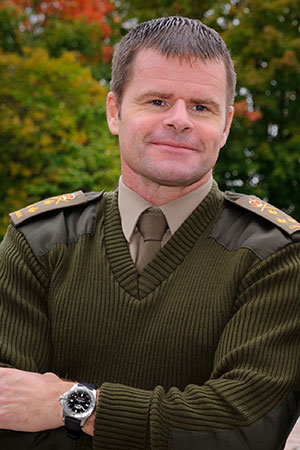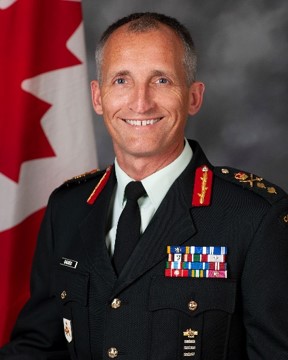KevinB
Army.ca Relic
- Reaction score
- 29,343
- Points
- 1,260
Radars are not equal.As to NAVCAN not surveilling the airspace, I hope that is not true. I would find it disconcerting if they were only aware of the things they expected to see in their airspace and unaware to the unexpected.
Most (if not all) commercial radar systems for air control/observation get assists from transponders on aircraft, in short they look for stuff that wants to be seen.
Military Search Radar put out significantly more power and are designed things that don't necessarily want to be seen.
You can fly at a decent altitude any civilian air traffic control radars don't have clue you are there.
US Military entities do RUT's all the time - and they use a "few" LO's to deconflict - because people complain when "Black" helicopters fly down their street at nose to navel level some times.
It isn't the FAA or NAVCAN's job to control the airspace - it is their job to manage traffic in it.









